Square Circle Triangle
By Bruno Munari
Edited by Rob Shaeffer
Illustrated. 290 pp.
Princeton Architectural Press edition, 2015
The world’s most primordial elements
Celebrated Italian artist, designer, and inventor Bruno Munari showcases the common denominator of all things visual. This book is about revealing the basic within the complicated—the most cardinal characteristics that are often hidden behind the seemingly complex works of architecture and art. They come from ancient origins: from our ancestors, who discovered nature that existed before us. They are Square, Circle, and Triangle.
Reading Square Circle Triangle is almost like looking at a non-chronological family tree, where everyone is related to each other. The book is divided into three sections, each discussing one shape on their own. Munari begins every section with paragraphs like a seasoned storyteller, almost as if the shapes were characters of mystified origin, bleeding into human culture as their influence grows. He speaks of what each shape symbolizes, how they are applied in primitive and modern products of human creation, and the nature that emanates from their visual structure. Following this piece of writing are illustrations of the shapes found and incorporated into many things, from the grandiose buildings of old to simple everyday items that we take for granted.
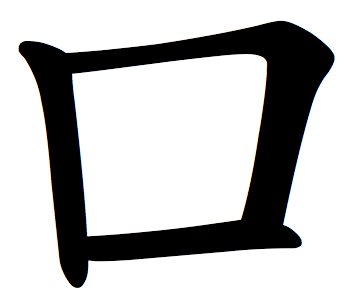
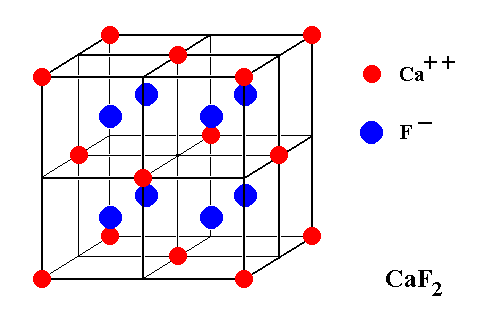
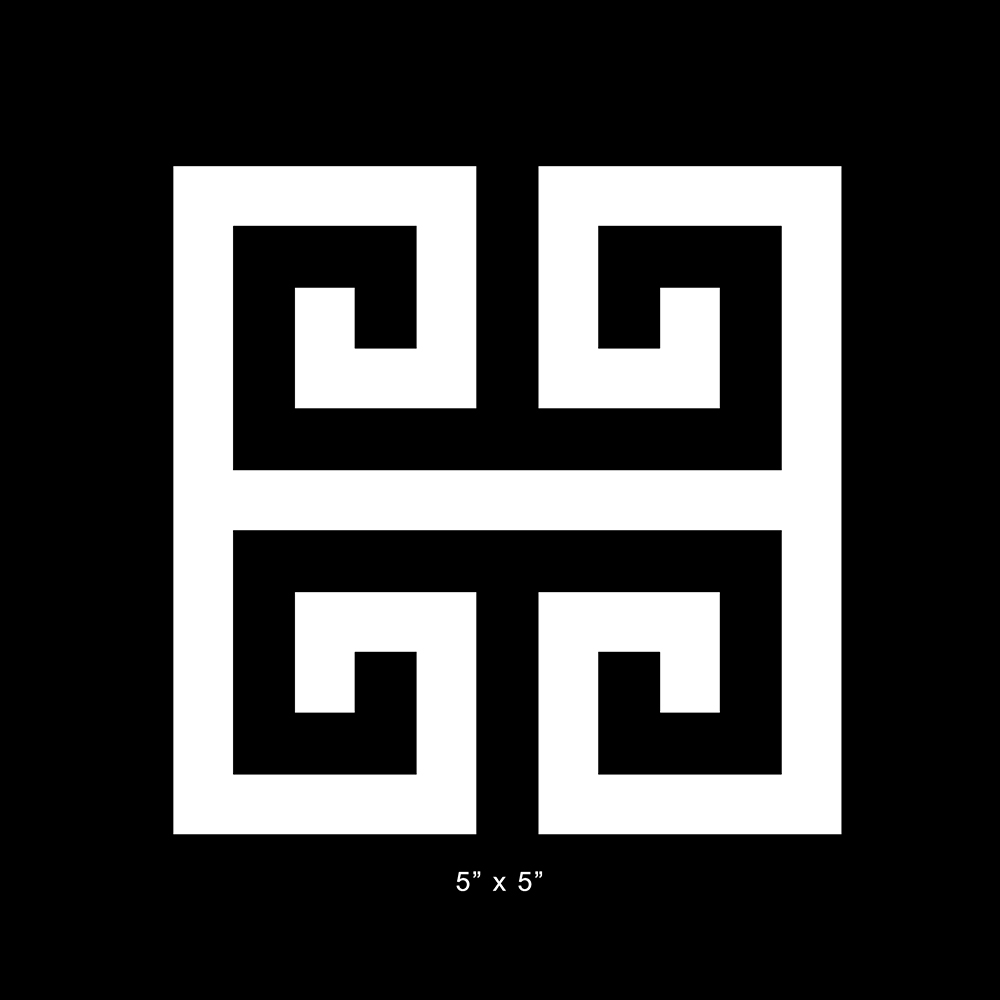
Though the examples above are not illustrations used in the book, they all appear in Munari’s square section for having the same visual structure, save for the unit of fluorite crystal, as it is a cube: six squares forming a three-dimensional shape that is also found in the square in Leonardo da Vinci’s Vitruvian Man, the plans of Hagia Sophia, and in a simple toy windmill. Some of Munari’s more scientific and mathematical examples of the square include shells and sunflower seeds, which are in accordance to the curve of the infamous logarithmic spiral (also known as the golden spiral) derived from the square.
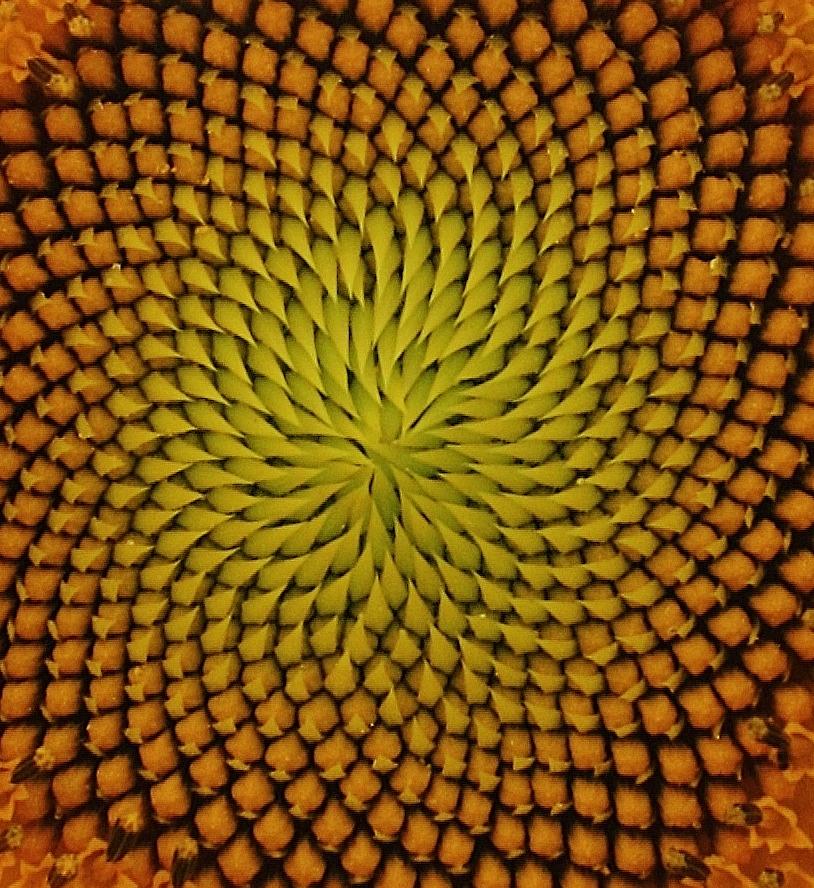
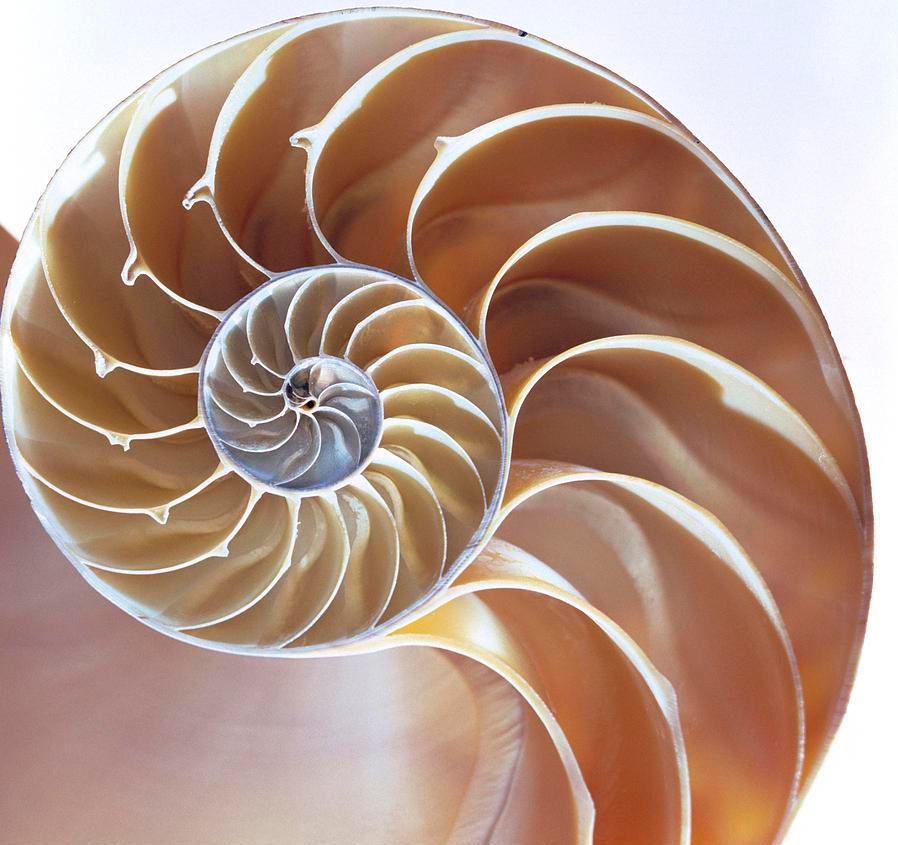
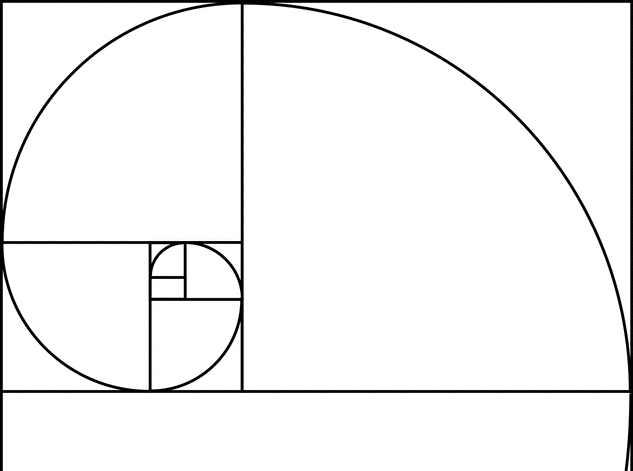
Speaking of mathematics, reading this book was something of a challenge for me. It’s not that I think of mathematics (as a language through which we understand science) and art as separate entities. In fact, I believe I have this passive awareness that they are very much intertwined, and Square Circle Triangle serves as a giant reminder of that. Munari presents many illustrations with tangents, dotted curves and lines (reminiscent of the geometry chapter in our high school math textbooks) that show us the complicated calculations behind a simple shape, and the simple calculations behind a complicated pattern. As a designer or an artist, you might not be fully aware of how your shape and its mathematical nature affects your decisions when practicing compositions with said shape.
Munari continues his analysis with Circle and Triangle where he discusses Ouroboros, a tribal dance, soap bubbles, and the Japanese flag in the same section. Snowflakes are composed out of triangles. Hexagons are also made of triangles. So is the Mercedes Benz logo. All of these things have different meanings and origins, emerged in different times, yet their base structure remains the same.
Along with representations of both art (logos, paintings) and science (building proportions, natural shapes), Munari adds a third element into the mix, one that may be the reason I compared him to a seasoned storyteller. Among these visual examples, he includes quotes and old proverbs that give the book a more spiritual touch, significantly different to the images that provide concrete proof.
“The infinite is a square…without corners.”
“God is a circle whose center is everywhere but whose circumference is nowhere.”
Through these old sayings, Munari emphasizes the significance of shapes outside of the visible world—perhaps indicating that these shapes, since ancient times, have influenced the way people thought about or try to make sense of things that are otherwise abstract, or even divine.
Now look around— the rectangular screen of your phone or laptop on which you are reading this article is probably derived from the square. The keys on your keyboard may be square, and the button on your phone, if your phone still has a button, might be a circle. Is the clock on the wall a circle? Is the rim of your mug also a circle? What about your eyes, the tools that you use to see all these things?
After reading this book, you just might think everything is square, circle, or triangle.



Great review!